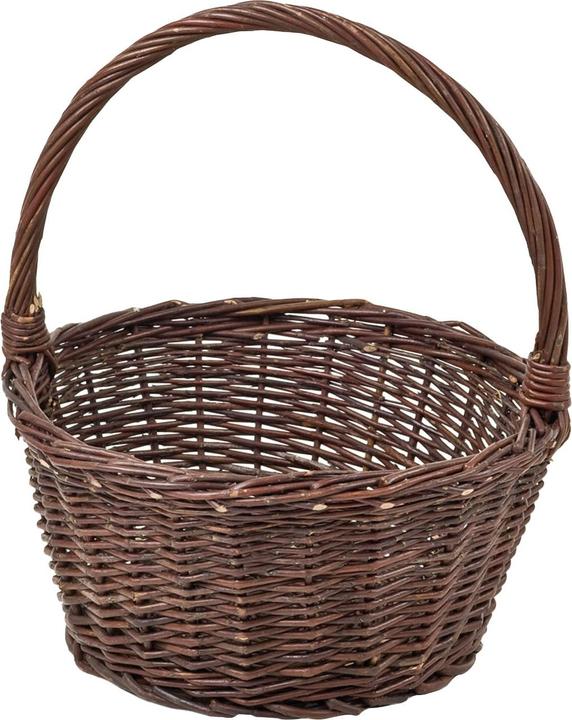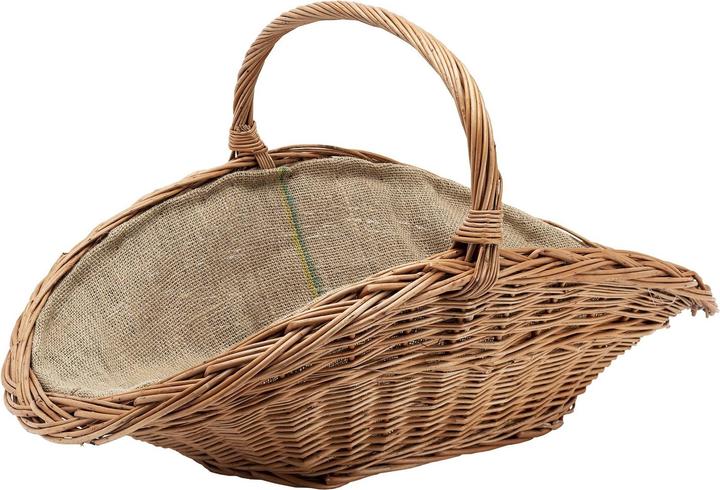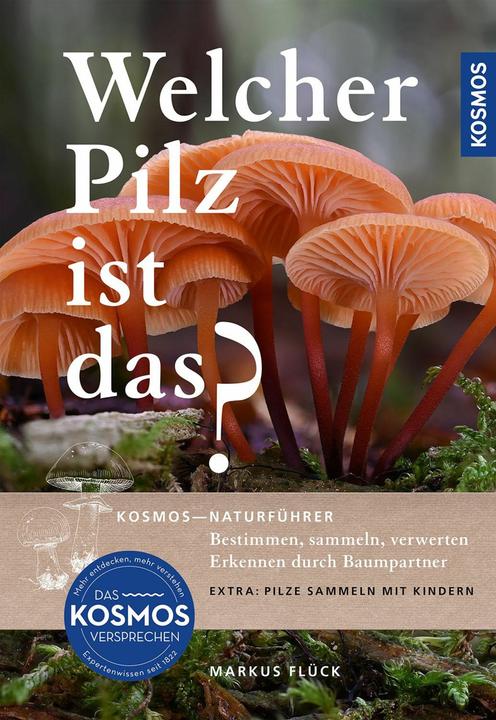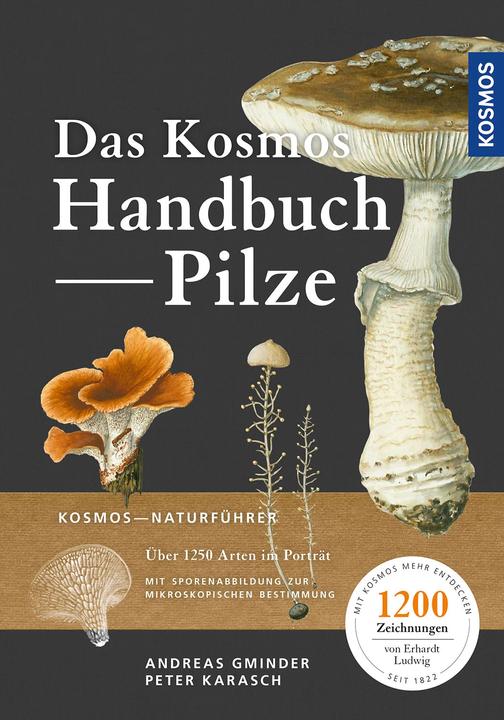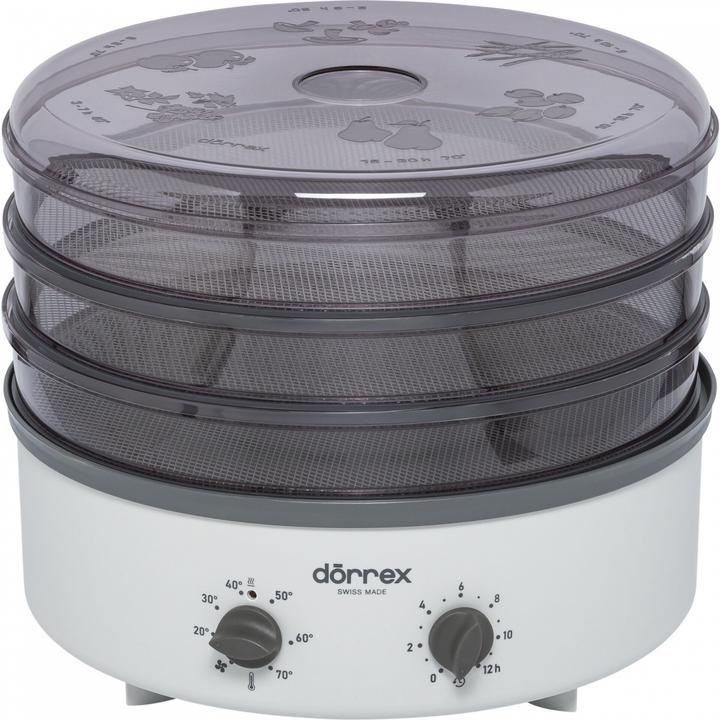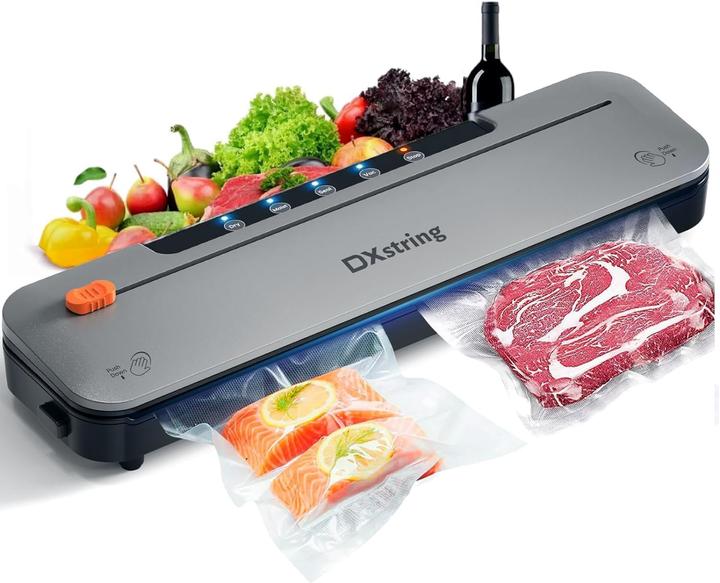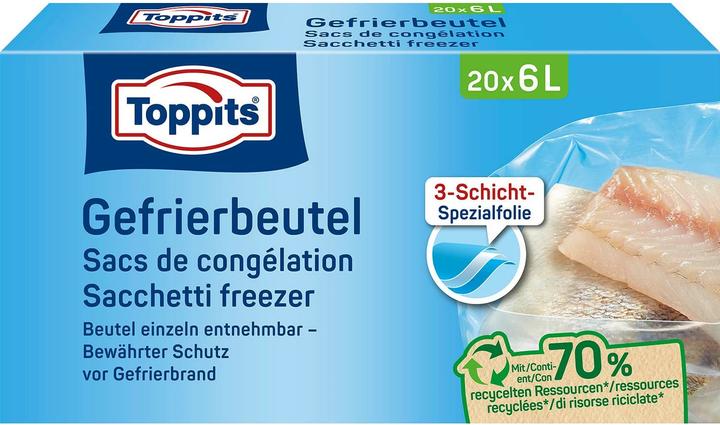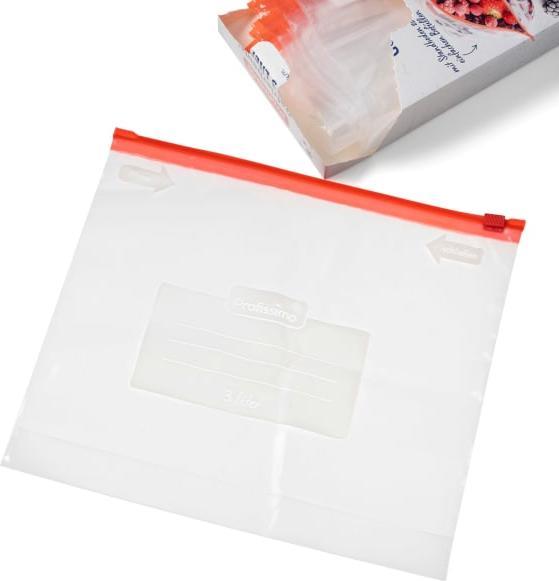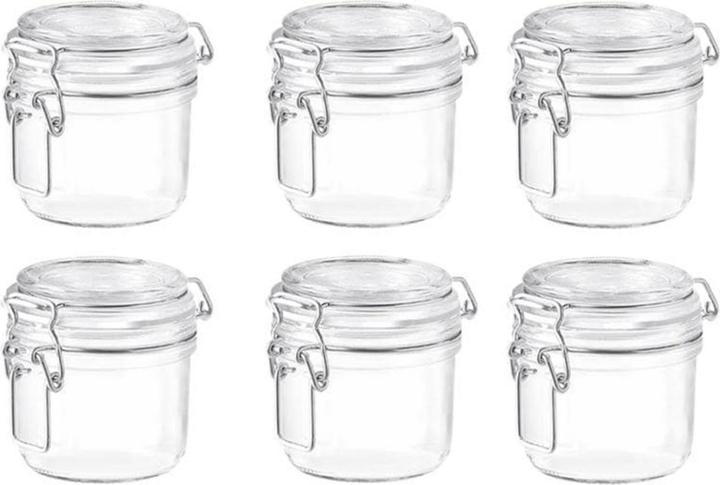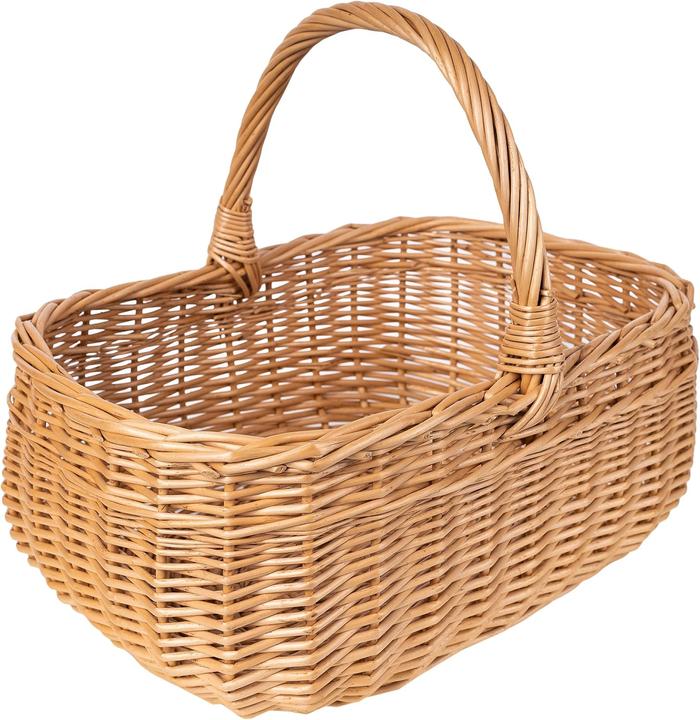

Why picking mushrooms with your family is fun, even without specialist knowledge
«How do I know if they’re poisonous?» This is the response I often get when I tell people I’ve been foraging for mushrooms with my family. Many want to, but are too hesitant. One mushroom expert wants to allay families’ fears, and instead get them excited about his hobby.
My wicker basket is still empty on the forest path. It’s Sunday afternoon, and surprisingly mild for mid-September. Our mushroom foray promises to be crowned with success. A very wet July and today’s warm autumn is truly ideal for mushroom growth.
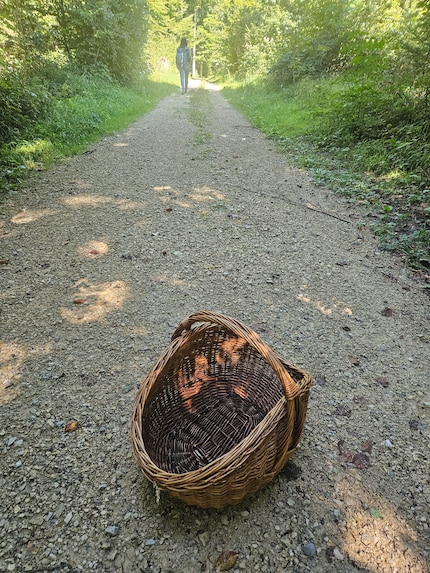
This opinion is shared by other mushroom pickers gathered in the parking lot at the edge of the forest on a Sunday. One dad’s getting stressed: «I hope they don’t snatch the prettiest specimens from under our noses!»
While my wife and I enjoy the fresh air and tranquility of the forest, it took a bit of persuasion to get our teenagers into the woods. It’s not like we regularly go out to pick mushrooms. We started doing it a few years ago, and we usually make do with one fungus foray per season.
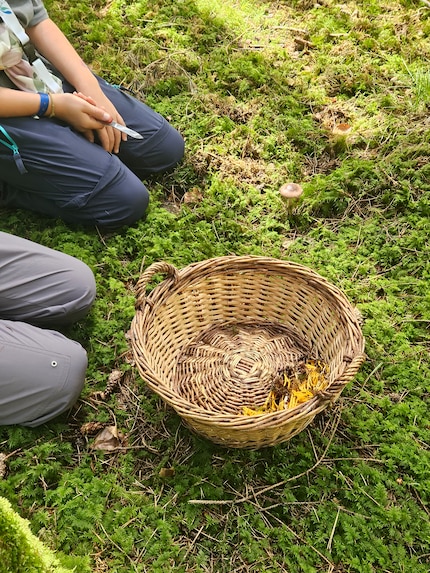
Mushroom expert: «Don’t collect too many different specimens at once to start»
Whenever we tell other families about a generally successful mushroom outing, their reaction is usually: «Ah, really cool. We’d like that too. The thing is, we don’t know anything about mushrooms.» They didn’t believe me when I responded that my knowledge of mushrooms was just as limited. They weren’t convinced.
Well then, if my attempts at encouragement don’t work, the words of a mushroom expert may carry more weight. What does mushroom expert and inspector André Schnellmann recommend to families who want to start picking but still feel unsure?

Schnellmann, who’s been inspecting mushrooms for almost 30 years, was introduced to foraging as a child by his parents. «My neighbour was a mushroom inspector back then, which really fascinated me,» says Schnellmann.
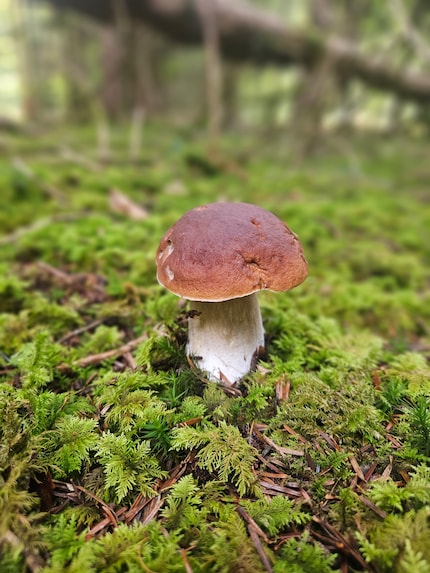
Schnellmann advises you don’t collect too many different mushrooms at once to start. «And since most boletes – mushrooms with a sponge instead of lamellae under the cap – are edible, it’s advisable to go for these mushrooms initially.»
At the same time, however, it’s worthwhile bringing unknown specimens to be checked and identified from time to time – especially for beginners. «This allows you to gradually expand your knowledge of edible mushrooms,» says Schnellmann.
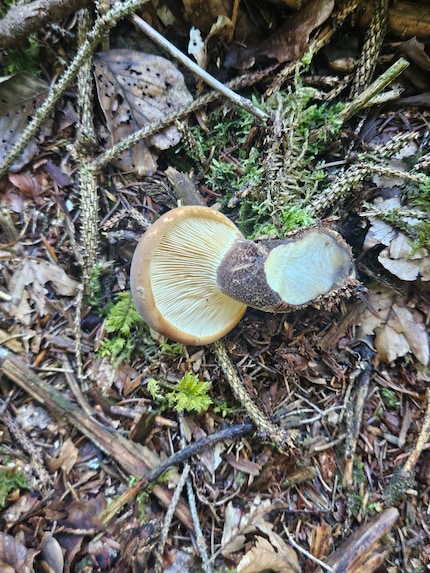
André Schnellmann believes that the fear of collecting wrong varieties is unfounded. «Either way, you should have your mushrooms checked by experts.» The website of the Swiss Association of Official Mushroom Inspection Bodies (Vereinigung amtlicher Pilzkontrollorgane der Schweiz – VaPko) lists all inspection bodies and their hours (in German). This page also contains information on the quantities that may be collected per person per day and during closed seasons. «In the canton of Zurich, for example, picking mushrooms from the 1st to the 10th day of a month is banned,» Schnellmann explains.
Why you shouldn’t cut mushrooms when harvesting
According to Schnellmann, what are some beginner mistakes to avoid? «Never put mushrooms you collect in plastic bags or closed containers. Use a wicker basket or paper bags.» Moisture accumulates in plastic bags, which in turn causes the mushrooms to spoil and decompose quicker. It also makes sense to separate similar mushrooms for later inspection. However, as Schnellmann notes: «Don’t worry, poisonous mushrooms can also be placed next to non-poisonous mushrooms. Poison can’t be transmitted.»
And how do you harvest a mushrooms correctly? I admit, I often pick them with a knife. This is all based on the assumption that the roots of a fungus will then remain in the soil. But precisely this is wrong, as mushroom inspector André Schnellmann explains. «It’s best to remove a mushroom completely from the soil.»
Among other things, this makes subsequent checks easier. But above all: «When you slice off a mushroom, a relatively large cut surface remains.» Pathogens attack these particularly quickly, and in the worst case the fungus can even die, says Schnellmann.
And yet, it can be worth carrying a solid knife with you to cut off or clean bad parts from a mushroom.
Why caution is advised with mushroom detection apps
To avoid picking mushrooms at random and going to inspection with a huge selection – including possibly poisonous mushrooms – it’s advisable to carry a mushroom guide with you. «Using those, you can already make rough guesses,» says Schnellmann
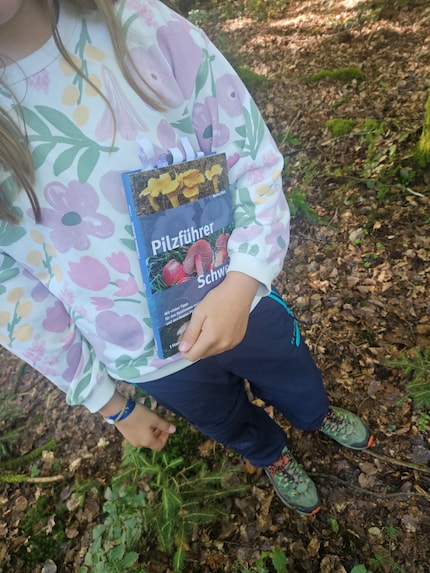
And what about mushroom detection apps that promise recognition? André Schnellmann hesitates in answering. «Naturally, there are better and worse apps (article in German). But above all, the reliability of results lives and dies with your use, i.e. how well you photograph the mushrooms.»
However, Schnellmann sees these apps more as a fun way to roughly identify mushrooms. «Under no circumstances should you rely on the results of an app. Always go to a mushroom inspection.» The classic case of confusing a champignon with a white Death Cap can’t be ruled out using just an app.
Expert: «Never eat too many mushrooms at once»
So how does André Schnellmann, in charge of mushroom inspection for Baden since 2001, deal with the fact that he and his colleagues are ultimately responsible for which mushrooms they allow? «We don’t allow anything unfamiliar to us. This happens every season, even with many years of experience.»
And what if someone thinks they know their stuff so well that they don’t need to have their mushrooms checked? «Ultimately, it’s always your personal responsibility. If you have the confidence to do so, you can ignore our checks, but I’d advise against it.»
Schnellmann also warns against eating too many mushrooms at once. «Mushrooms are very difficult to digest and shouldn’t be eaten in large quantities.» The upper limit for chanterelles is around 100 grammes per person. Our mushroom expert even has another tip. «For me, the texture of a mushroom is almost more important than the taste.» If you want to avoid slimy mushrooms in particular, he recommends picking young and snappy ones. «And with older bolete specimens, slime can be reduced by removing the tubes.»
From basket to pan to plate
Meanwhile, our mushroom foray is proving successful. In addition to a few beautiful porcini mushrooms, a few no less delicious flake-stemmed witches’ boletes have landed in our basket.
In the evening, we take our haul to mushroom inspection. A worthwhile visit, simply because it’s extremely exciting to see what others have found. I was constantly jealous of discoveries other foragers made. Today, however, we can proudly show off our porcini mushrooms.
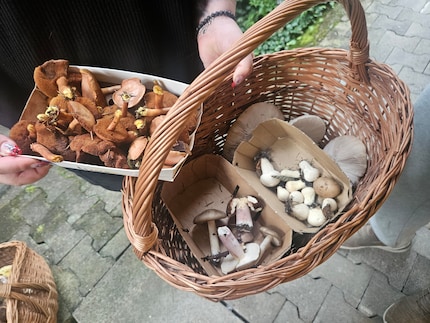
Our mushrooms have been checked and all declared edible. In the evening, I prepare the witch’s boletes into a delicious mushroom cream sauce. Many consider them even better than porcini, by the way.

Pilze Kochbuch: Die leckersten Rezepte mit Pilzen für jeden Geschmack und Anlass - inkl. Brotre
German, Sabine, Kerstens, Charlotte Davis, 2024
How to use and preserve mushrooms
But what to do with the leftovers, in this case porcini mushrooms? Mushrooms are only edible a few days after collection. So either eat them quickly or process them so that they’ll keep for a while.
There are three methods I’d recommend for this:
1. Drying mushrooms
I opted for this method with my porcini mushrooms. Under no circumstances should you wash your shrooms, otherwise they’ll soak up water and lose their flavour. I cut my little guys into thin slices to dry them.
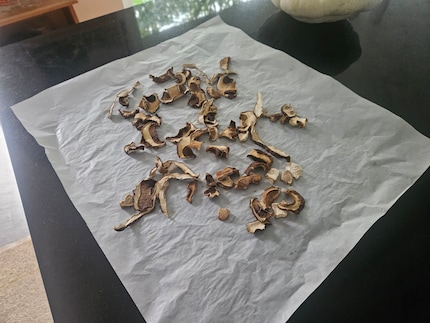
If you want to dry mushrooms, do so in an oven or in the open air – I opted for the latter. After a few days, my porcini mushrooms were dry. If you opt for the oven, leave your mushroom slices to dry for two to three hours at 40 degrees in a fan oven.
Of course, you can also dry mushrooms in a dehydrator.
Dried mushrooms have a particularly intense flavour. Around 20 grammes of them already give risotto a wonderful shroomy flavour.
2. Freeze mushrooms
Before freezing, you should clean your mushrooms thoroughly and cut them into bite-sized pieces. Then, portion them into freezer bags and store them in the ice box. If you want to prepare them on a later date, simply defrost your desired amount in a pan, stock, soup or in a sauce.
3. Pickling mushrooms
A very popular method of processing and preserving mushrooms is pickling. Migusto offers a guide on how you can easily preserve mushrooms in oil or vinegar (recipe in German). Pickled mushrooms are ideal as a side dish for raclette, as part of an antipasti platter or for other dishes. Pickling mushrooms in vinegar, salt and sugar gives them a sweet and sour note, which can be varied as desired.
Good news to end on: core mushroom season usually lasts until the end of October. However, since this autumn has been particularly mild and dry so far, it’s quite possible you’ll find healthy mushrooms well into November this year.
Half-Danish dad of two and third child of the family, mushroom picker, angler, dedicated public viewer and world champion of putting my foot in it.
Interesting facts about products, behind-the-scenes looks at manufacturers and deep-dives on interesting people.
Show all